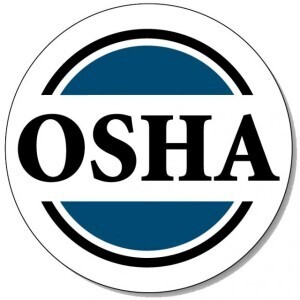

On this day in labor history, the year was 2012.
That was the day OSHA released its memorandum titled, “Employer Safety Incentive and Disincentive Practices.”
It addressed compliance officers and whistleblower investigators.
It touched on employer practices that discourage the reporting of injuries and illnesses on the job.
The memorandum stated that employee reporting is a protected right.
It also asserted that employer discouragement could constitute a violation of whistleblower statutes like Section 11(c) of the OSH Act and recordkeeping regulations.
OSHA emphasized that the likelihood of discouragement and discrimination increases when safety programs are linked to lower reported injuries and illnesses.
The memorandum outlines four common scenarios:
1) When an employer disciplines workers injured on the job. Employees must have a way to report injuries and illnesses.
2) When an employer disciplines workers for the time or manner in which they report an injury.
3) When a worker is disciplined for an injury as a result of violating a safety rule. OSHA asks: does the employer monitor the workplace regularly for safety compliance? Does the employer mete out discipline equally, regardless of injury?
And finally, the memorandum stresses the need to examine the kind of safety program implemented.
Does the program provide incentives to dissuade workers from reporting injuries and illnesses?
Are prizes or bonuses awarded when reported injuries decrease?
Discouraging and disciplining workers for reporting could be considered unlawfully discriminatory.
It also violates the employer’s obligation to document injuries and illnesses.
OSHA notes there are positive ways to implement safety practices.
Examples include rewarding workers who identify hazards, participate in investigations, and offer suggestions on how to make the job safer or complete safety training.
More Episodes
All Episodes>>You may also like
Create Your Podcast In Minutes
- Full-featured podcast site
- Unlimited storage and bandwidth
- Comprehensive podcast stats
- Distribute to Apple Podcasts, Spotify, and more
- Make money with your podcast











